Camping Food Hacks You Need This Summer
 Camping Food Hacks You Need This Summer
thegearhunt.com
Camping Food Hacks You Need This Summer
thegearhunt.com
A hard week at work is now over, and you are looking forward to camping for the weekend. Long days of exciting activities are in store for you, swimming, hiking, fishing, or even boating. The last thing you want to do is not be prepared for the weekend and one of the biggest things that you need to worry about is food. Packing, storage, and easy to make meals are a necessity to feed everyone and enjoy some rest and relations of your own. In this blog, we are going to touch on some helpful tips that will hopefully make it easier for you to get ready for your vacation.
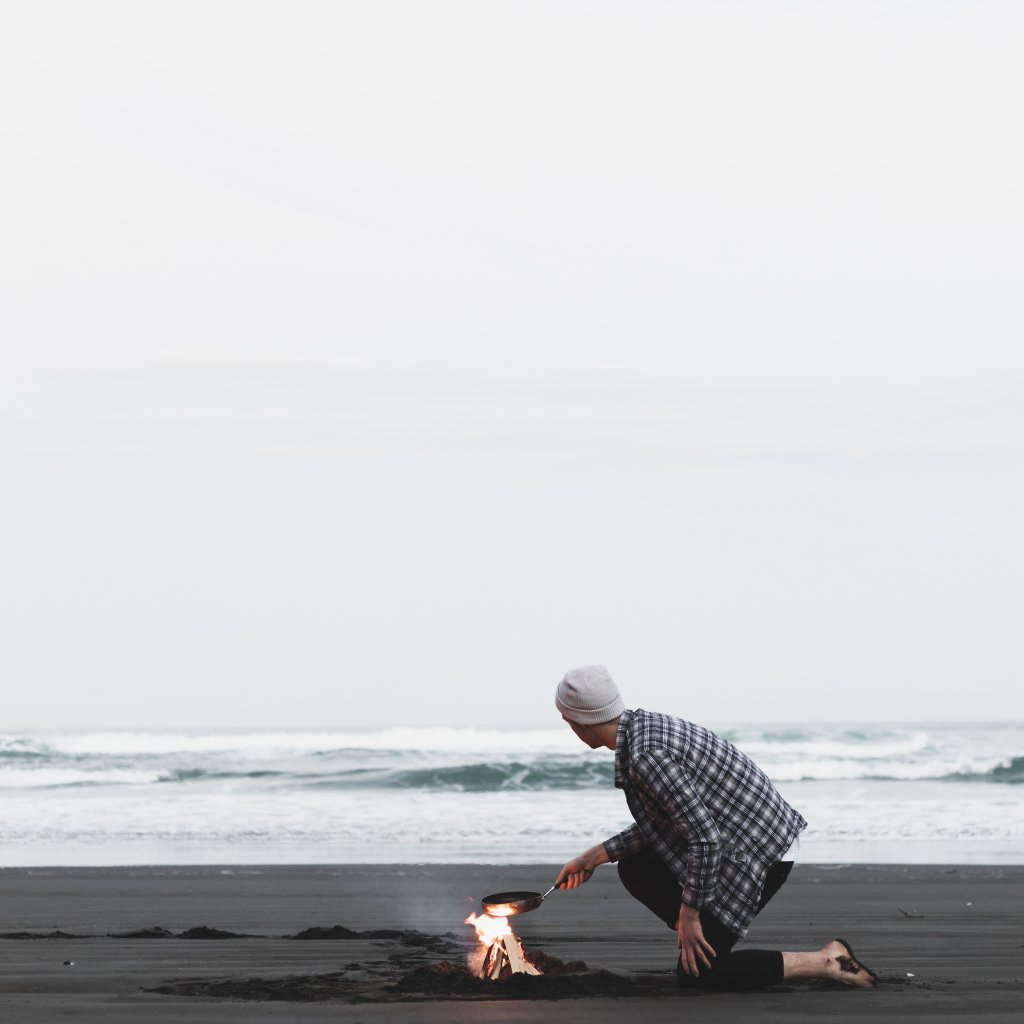
Research Your Site
Some campgrounds today have rules and regulations about the storage of your food due to the wildlife in the area. Make sure that you check out what the campsite has to offer in advance and what those rules could be, even if it is somewhere you have camped at before. Over time wildlife is migrating to new areas, and changes to environmental rules could play a factor in what you bring with you or how. It’s also smart to check the weather conditions before heading to your campsite.
Transporting your Food
One of the first things to do is to decide how much food you want to bring for the length of time you will be gone, and how many campers you will need to feed. Be aware of cold, frozen, as well as perishable or non-perishable foods. This will determine what type of containers you are going to bring with you and how. Foods can be pre-cooked, packaged and sealed before leaving.
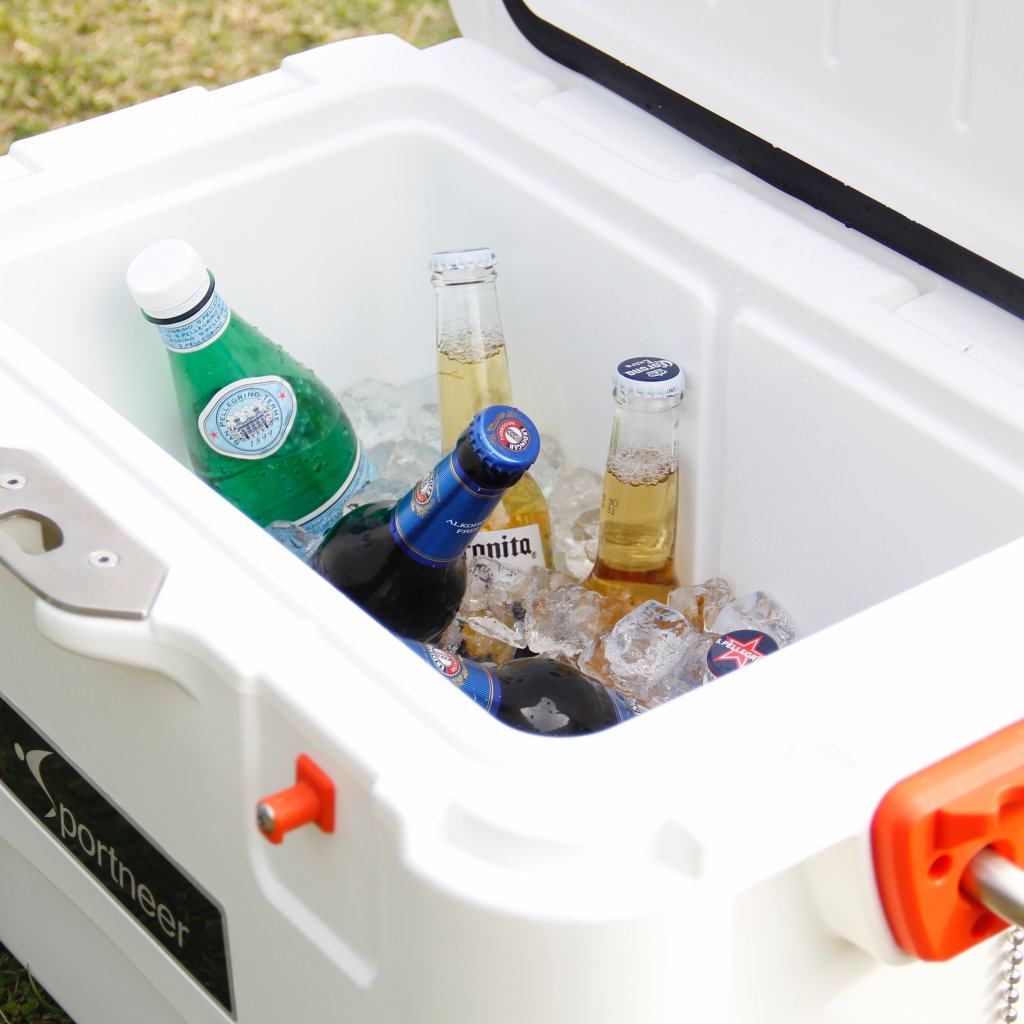
Coolers and Ice Packs
Coolers are a great way to transport cold items, but it will also be something that you need to keep cold. Ice packs will keep your cooler refrigerated for several days but for no more than a week depending on weather conditions and the quality of your ice packs. If you are doing a short trip and decide to use ice, you will need to make sure that you have access to ice while you are camping, as it will continue to melt. If you’re leaving items in a cooler, once the ice melts and becomes full of water it sometimes can leak into your containers and get your food all soggy and wet. You will want to get rid of excess water and replenish the ice to keep your items cold.
A cooler with a nozzle on the outside of it towards the bottom is the best kind to have – this allows you to remove the water without having to take all your items out each time. Take the layered option in consideration: this would be putting ice on the bottom, then your containers, then putting more ice in. Continue to do this until the cooler is full.
Hampers
Hampers are great for transporting non-perishable items. You can go to the local store and by some cheap plastic baskets of different sizes to place in the hamper, and separate your items based on whatever you want. Some like to put all their spices in one container, others will put whatever it takes to make one meal in one basket.
Over the Door Organizers with Zippers
This is a great way to transport silverware or other items that you need for cooking. Once at the campsite you can hang this on a tree near your tent or camper and have access to all your items easily. It may seem easier to pack these items in something hard like a box, or another container, however when you are searching for your items to cook, this will make it easier. The see-through material allows you to not hunt all over for your cooking utensils.
Foods You Should Take With You
Fruit
Some fruits can be difficult to transport, bruising can happen when they are rolling around in transport. If you can, cut up melon type fruits beforehand and store appropriately. Fruits that are cut should be stored in the cooler, while ones that you keep whole can be stored at room temperature.
Vegetables
Pack cut or whole vegetables in a cooler, unless you are bringing whole potatoes, they can be stored in their bag if you so choose.
Meat
Meat should be stored below 40 degrees Fahrenheit, so keep an eye on your cooler. Most meats if you leave frozen up until you leave, should thaw gradually while on your trip. If you like, you can pre-cook your meat so that all you must do is warm it up when you get to the campsite and are ready to throw it on the bbq.
Dairy
Dairy products should be kept cold, but make sure you do not bring too much with you that it will spoil while on your trip. You do not want to have to bring a lot of dairy back home with you if you run out of ice or your ice packs are no longer keeping items cool.
Bread
If bringing bread with you, make sure that you are often checking any pieces of bread that are in plastic bags, due to condensation. Bread will mold after several days of sitting out especially in hot weather, and the plastic will speed up this process.
Separating Food for Transport
Now that you have your major containers and the types of foods you are going to bring you will want to start packing the food. Portioning food, pre-cooking meat or even just separating meals will be made easier with these few simple items. Remember, you want to make sure that you are as prepared as possible so that you may enjoy your vacation as well as everyone else. You also want to make sure that everyone eats well while gone.
Ziploc Baggies
Ziploc baggies are a great way to transport portions. Instead of bringing whole bags or boxes of foods, separate it into portions at home into baggies first. Let’s face it, kids do not eat the same amount as adults, and doing the portions before leaving will give you the convenience of not wasting time at the campsite. This is also a great tool for bringing home leftovers at the end of the trip.
Tupperware
Stackable Tupperware is a great way to stack and save space. You can use these for portions as well for food, or just use in general for bulk. This will also save on dishes later, as you can serve the food in these, keep leftovers in them, or stack inside each other at the end of the trip.
Water Bottles
Water bottles can have many uses, especially for mixes. Before you leave the house, make some pancake mix or even scrambled eggs. This solves the issues of packing several boxes and creating a mess at the campsite. Eggs are very fragile, and even when going to a grocery store, you put them on top, so they do not get cracked. Pour the mix into the water bottles and cap. Once at the campsite you can pull them out and just pour.
To-Go Cups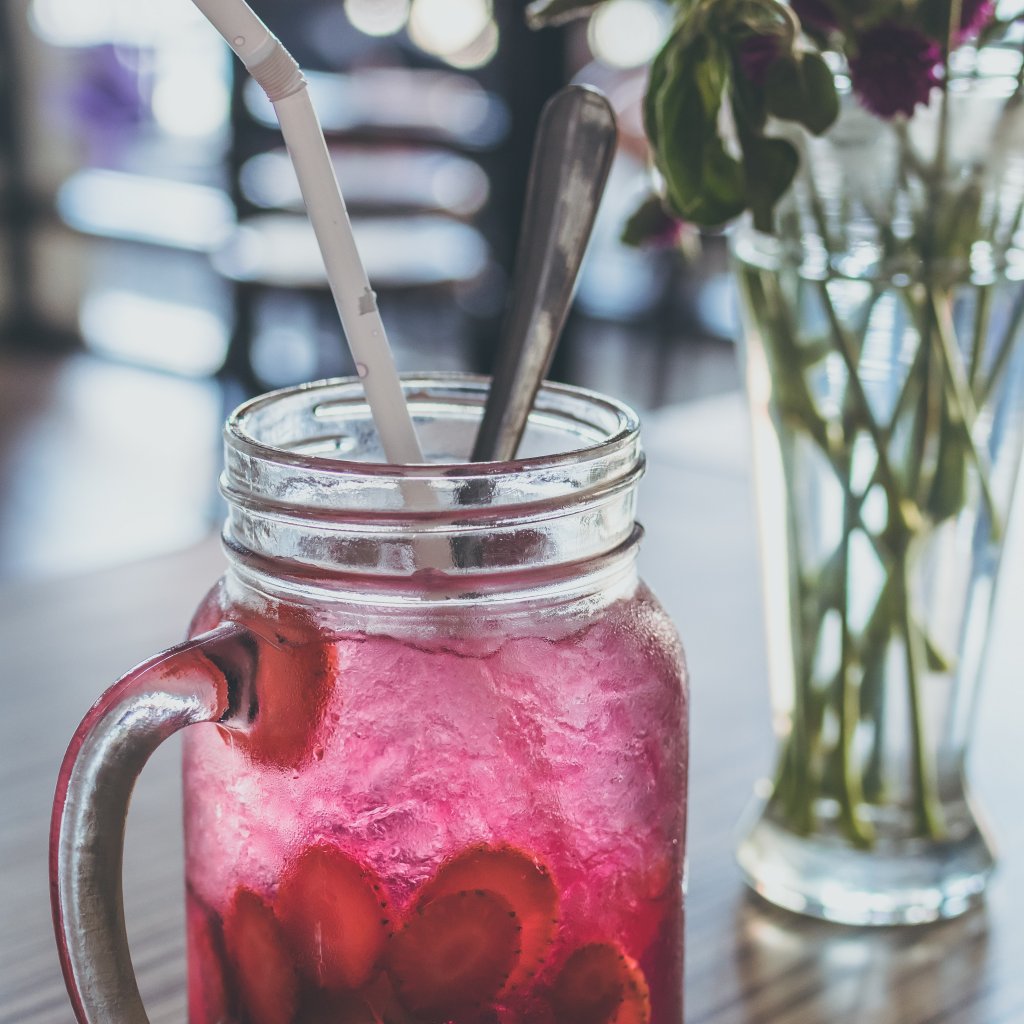
Get some to-go cups with lids, pre-make some salads or fruit cups. These are easy and simple snacks that you can bring with you and hand out to the campers.
Mason Jars
Mason jars are a great way to transport food or liquid. When it comes to the food, you could make yogurt parfaits. Put yogurt on the bottom, put your fruit, and then put some granola on top. You could transport cereal and add your milk later. Liquids such as cooking oils, or even drinks like sangria or lemonade are great stored in mason jars.
Coffee Filters
Fill a coffee filter with a scoop of ground coffee and tie it tightly. You can now make a single serve cup of coffee by just adding hot water.
Spices On the Go
We all like our food to have flavor, and all you need is a tic tac box or a straw. Tic tac boxes are easy enough to pour your spices in or out of, and using a straw is just as simple. Pour your spice in and seal both ends of the straw with a lighter, when ready to use, just snip off one end of the straw.
Easy Meals
As shown in the packing of the food, pre-making meals are a great thing to do to save time at the campsite. It was shown how to bring your pancake mix, scrambled eggs, salads, and even coffee. Here are some more easy meals to make while camping.
Baked Apples
Cut out the core of an apple, fill with your favorite trail mix and bake it on the fire.
Potatoes in Foil
Wrap up sliced potatoes in foil and cook over the campfire. Put in some of your favorite sauces or spices, add vegetables and cook.
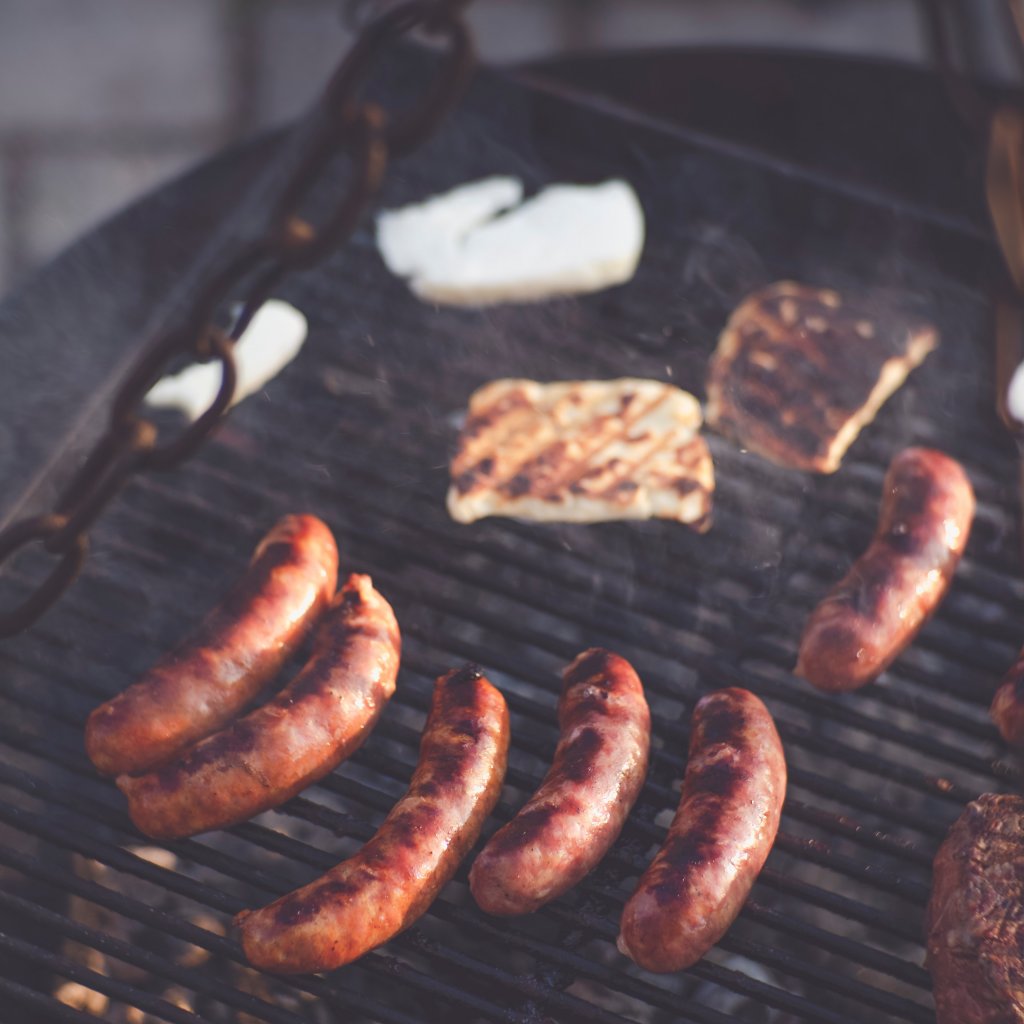 Tacos
Tacos
Take small Fritos bags, crush them up, open the bag, add meat and toppings. This makes a great travel snack for a nature walk.
Boiled Cooking
Using a Dutch pan or a cast iron pot, boil water over the fire and add in your favorite ingredients. This could include potatoes, sausages, corn or even onions to make a great roast meal. This can serve many people if you have friends join you.
Wraps
Tortilla shells are a great item to have for any meal. Meat, vegetables, and any favorite ingredient would make a great lunch. You can also put your scrambled eggs along with some cheese in a wrap to make a quick breakfast burrito.
French Toast
Take your scrambled eggs in a bottle and add cinnamon to the mix. Take a loaf of bread, put it in foil that is sprayed down, pour your mix over the loaf. Make sure that it is coated well, once you have the foil sealed, you can turn it upside down and make sure the mixture is all over the bread. Put it on the grill over the fire and cook. When it is done, go ahead and open and put some powdered sugar or strawberries on it and voila.
Cinnamon Rolls
Take a cinnamon roll and wrap it on a skewer or stick, place over the fire and watch it rise. Quick and easy.
Sandwiches
Sandwiches made ahead of time can be wrapped in foil, and if you like, could be placed on the grill later and made into a melt.
Cold Pasta Salads
Cook up your pasta ahead of time, mix your salad, and place into a container to put in your cooler. These are also something you can put in your to go cups for individual servings.
Camp Skewers
Alternate cooked meat and vegetables on a metal skewer, wrap in foil. You can pull these out later and cook them over the fire or in the foil for a great simple meal.
Apple Bites
Slice some apples, spread some peanut butter on it, and then place some nuts on it. Kids especially love this one.
Edible Foods in the Wilderness
Black Walnuts
These are the easiest to identify because they look like green tennis balls. The nut meats are very tasty, high in fat, along with some protein, copper and other minerals. The rough round husks turn from green to very dark brown in autumn months and could be black into winter if the animals let you have some.
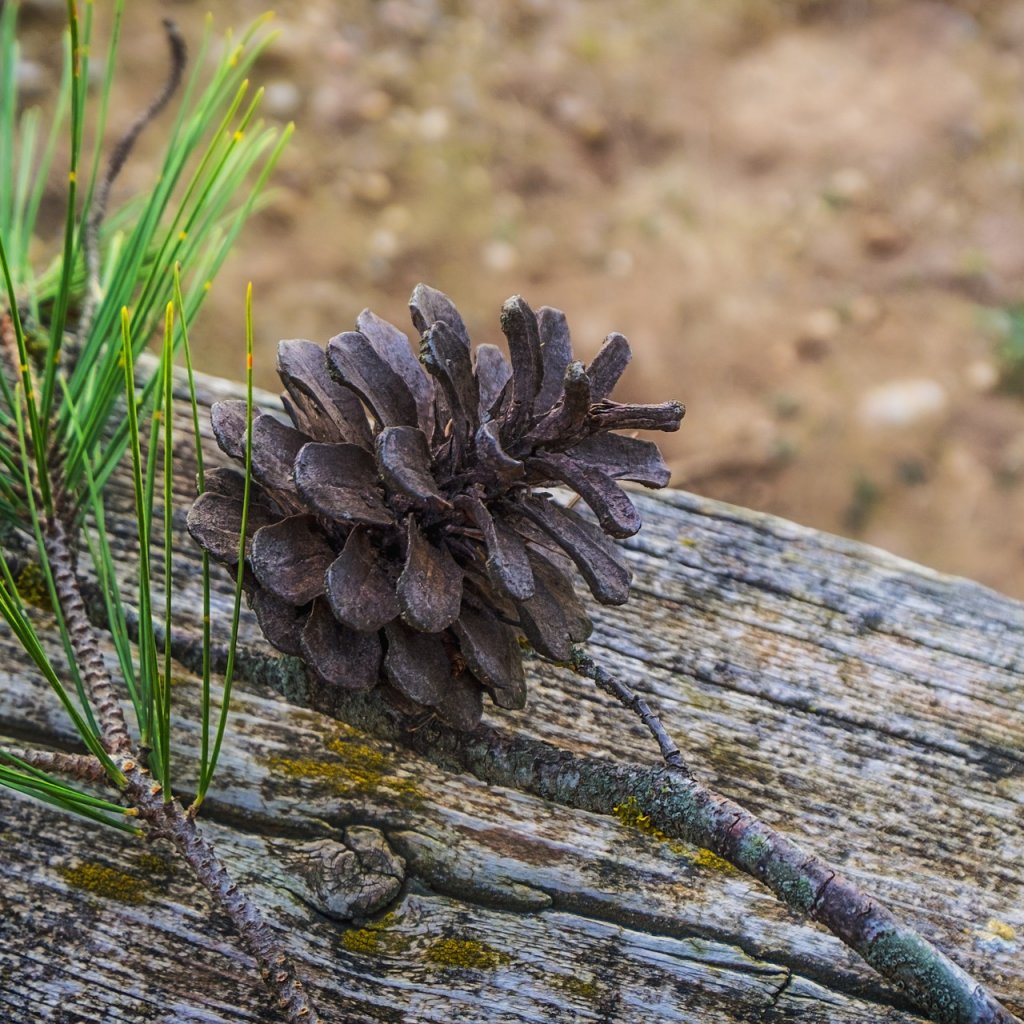
Pine Nuts
The nuts of any large pine tree are considered a western survival food. Pine nuts are a good source of thiamin and manganese with some vitamin B and minerals.
Elderberries
Shrubs of elderberries can be found everywhere. These bushes produce small purple-black berries in large clusters during midsummer. Every part of the shrub is hazardous except the ripe berries.
Blueberries
There are several blueberry bushes in America. These will have a sweet flavor and small seeds, but be careful because wildlife, especially bears, like to hang out near these bushes.
Raspberries
Raspberries are close to blackberries and can be red, purple gold, or black when fully ripe.
Cattail Roots
These are very versatile as a wild edible. The roots, shoots, pollen, and sprouts are all edible. There are even medicinal parts of a cattail plant. Just make sure you look for a plant that is topped with a seed head and looks very much like a corndog in size and shape. There are plants that are similarly called Iris but will be half the height of a cattail and bears a flower on it, these are poisonous.
No matter what you decide to do for food for the weekend, you should enjoy yourself and make it easy. These little tips should help you keep everything simple and easy to clean up at the end of your trip.
Sources
- Food Network: Easy Camping Food Hacks
- Spoon University: 11 Camping Food Hacks
- Beafunmum: Camping Food transporting and storing for a long weekend
- BuzzFeed: Camping Food
- Travel Tips USA Today: Storing Camp Food
- Travel Tips USA Today: Fresh Food car camping
- Outdoor Life: Wild food guide/Edible foods















